Disclosure: This article contains affiliate links. We may earn a commission from purchases at no extra cost to you, which helps our travel content.
There's something profoundly honest about Vermont's relationship with food—a connection I've rarely encountered elsewhere in my travels documenting sustainable practices. Rutland County, with its patchwork of family farms nestled against the Green Mountains' autumn tapestry, offers what might be North America's most authentic farm-to-table experience. The region's culinary identity isn't manufactured for tourists; it's the genuine article—a community where the distance between soil and plate is measured in yards rather than miles, and where sustainable practices aren't marketing buzzwords but generational wisdom.
The Architecture of Agriculture: Rutland's Working Landscape
As someone who's documented sustainable design across five continents, I'm consistently impressed by Vermont's vernacular farm architecture—those iconic red barns and silver-topped silos that punctuate the landscape aren't just postcard imagery; they're working buildings that have evolved through centuries of practical refinement.
Rutland County's agricultural infrastructure tells a story of adaptation. Many farms have thoughtfully retrofitted historic structures with modern energy systems while preserving their architectural integrity. At Larson Farm & Creamery in Wells, solar panels discreetly mounted on century-old barn roofs power milk processing equipment, while the farm's Jersey cows graze rotational pastures that sequester carbon more effectively than conventional systems.
What fascinates me as a documentarian is how these farms blend heritage aesthetics with cutting-edge sustainability. The region's agricultural buildings aren't preserved as museums but continually adapted for contemporary production—a lesson in sustainable retrofitting that architects worldwide could study.
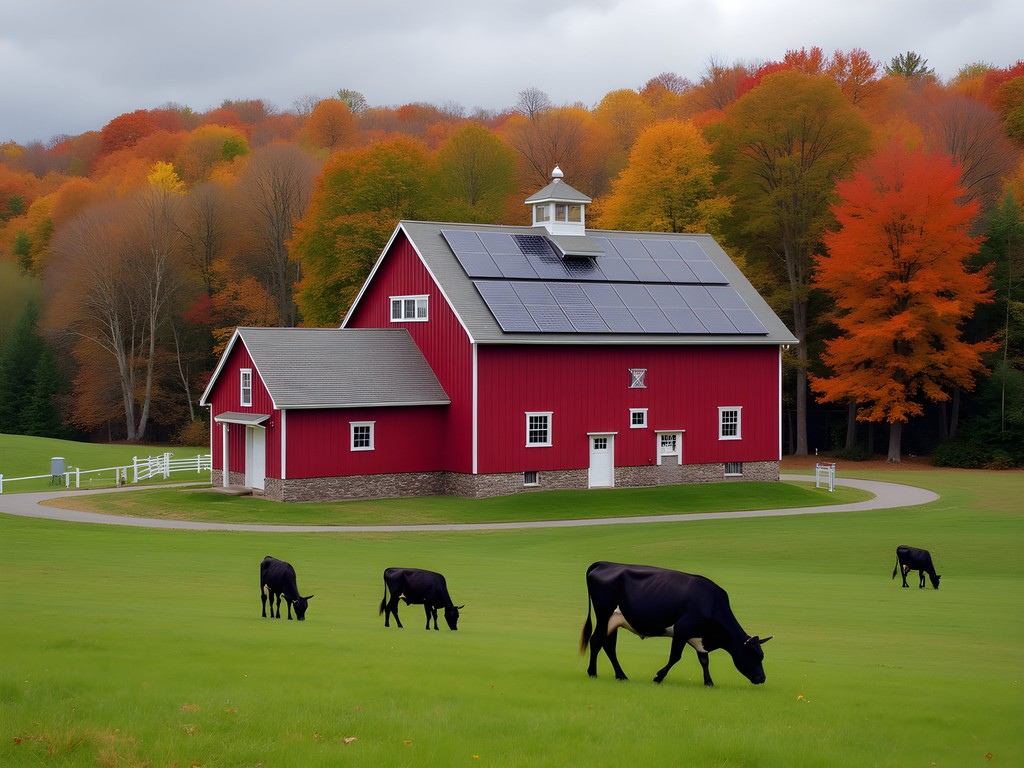
💡 Pro Tips
- Visit during weekday mornings when farm operations are most active and farmers have more time to chat
- Look for farms displaying the 'Vermont Organic' certification for those prioritizing sustainable practices
- Many farms offer self-guided tours with informative placards explaining their sustainable systems
Maple: Vermont's Liquid Architecture
If Rutland County has a signature flavor, it's undoubtedly maple—not the artificially-flavored syrup of pancake houses, but the complex, terroir-driven natural sweetener that flows from the region's sugar maples each spring. The process of transforming sap to syrup represents Vermont's approach to food production: patient, energy-conscious, and deeply connected to natural cycles.
During my visit to Baird Farm in North Chittenden, I witnessed how modern maple production balances tradition with innovation. Their sugarhouse employs a reverse osmosis system that reduces energy consumption by 75% compared to conventional methods—a brilliant example of sustainable process design that preserves traditional knowledge.
The technical precision required for proper maple production surprised me. I found my digital food thermometer invaluable during a syrup-making workshop, as the difference between perfect amber syrup and crystallized sugar is just a few degrees Fahrenheit. For those wanting to experience maple culture at home, I recommend investing in a proper maple syrup gift set featuring different grades that showcase the remarkable range of flavor profiles.
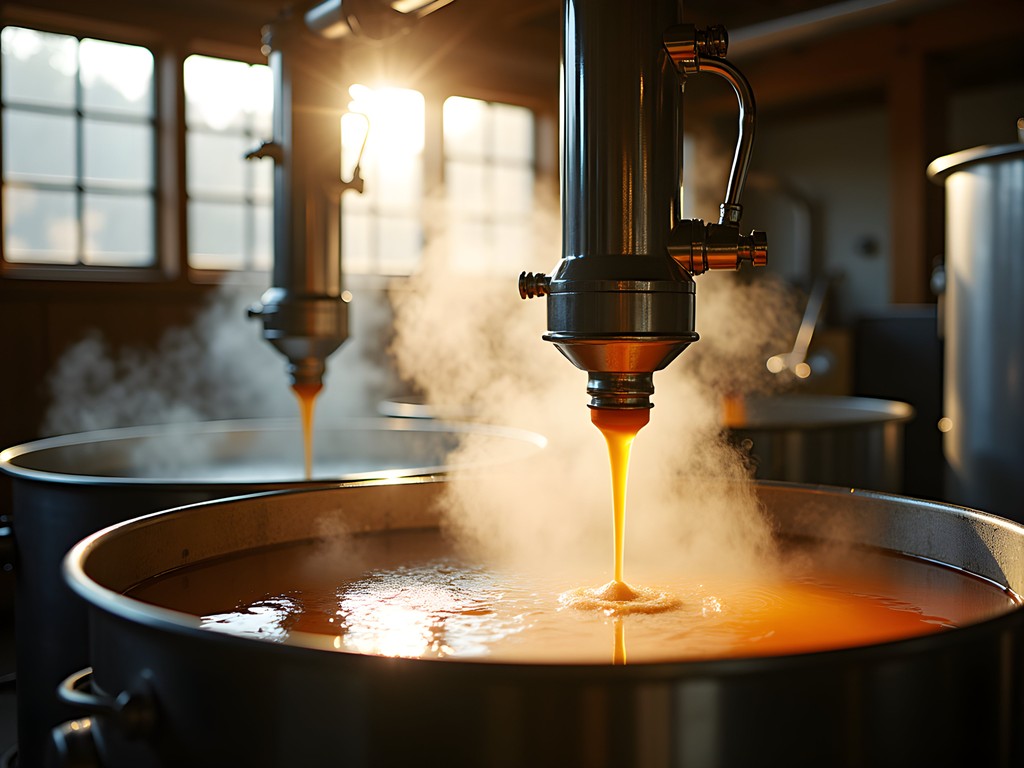
💡 Pro Tips
- Visit sugar houses mid-March to early April to witness maple production in action
- Sample different maple grades side-by-side to appreciate the subtle flavor differences
- Look beyond syrup—maple cream and maple sugar offer concentrated flavor for cooking
The Craft Beverage Renaissance
Vermont's reputation for exceptional craft beverages extends well beyond its borders, and Rutland County stands at the forefront of this movement. What distinguishes the region's approach is an architectural philosophy that embeds production facilities within the agricultural landscape—creating spaces that function as both working facilities and experiences for visitors.
Foley Brothers Brewing in Brandon exemplifies this integration. Housed in a thoughtfully converted dairy barn, the brewery maintains the building's agricultural character while adapting it for modern production. Their water-reclamation system particularly impressed me—capturing, filtering and reusing process water in ways that dramatically reduce consumption compared to conventional brewing operations.
During my tasting session, I used my trusty beer tasting journal to document the remarkable range of flavor profiles achieved through local ingredients. The brewmaster explained how they've designed their facility to minimize environmental impact while maximizing flavor—an approach that's yielding international recognition.
For those exploring multiple beverage producers, consider investing in a quality insulated growler to transport your discoveries back to your accommodation. The local breweries and cideries are happy to fill them, reducing single-use packaging waste.
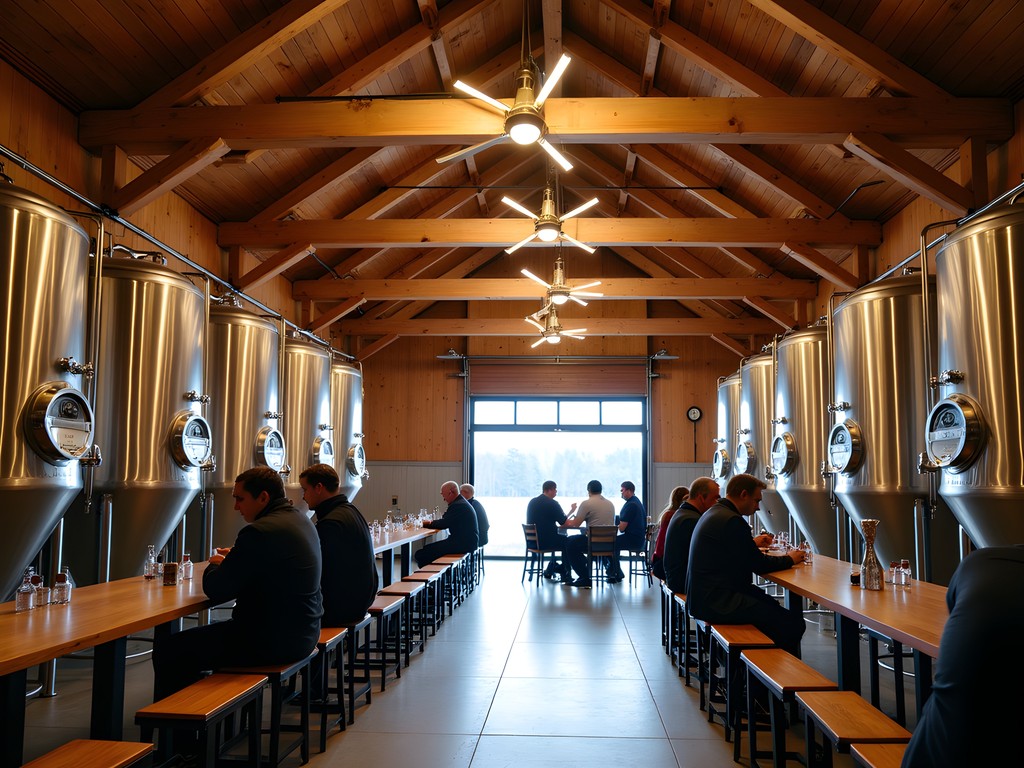
💡 Pro Tips
- Many craft producers offer behind-the-scenes tours if you call ahead, even when not advertised
- Ask about limited seasonal releases that incorporate foraged local ingredients
- Visit on weekdays to have more in-depth conversations with the actual brewers and cider makers
The Rutland Farmers Market: Community Design in Action
If you want to understand how deeply food culture is woven into Rutland's community fabric, spend a Saturday morning at the Rutland Farmers Market. As someone who's documented public spaces worldwide, I find this market particularly fascinating as a study in spontaneous community design—the way vendors arrange themselves creates natural conversation zones and encourages lingering rather than mere transactional shopping.
What distinguishes Rutland's market is its year-round operation. During my autumn visit, the outdoor configuration showcased the season's bounty, but in winter months, the market moves indoors to a renovated freight depot—a brilliant example of adaptive reuse that maintains the community gathering function regardless of Vermont's notorious weather.
The market serves as Rutland's living room—where farmers and producers don't just sell goods but exchange knowledge with customers about cultivation practices, cooking techniques, and seasonal eating. I was particularly impressed by the market's food waste collection system, where compostable materials return directly to the farms that supply the market—a closed-loop system that feels effortless in its execution.
For market shopping, I recommend bringing a collapsible produce basket that expands to hold your purchases but folds flat for easy transport in your luggage. The vendors appreciate customers who come prepared with reusable containers.
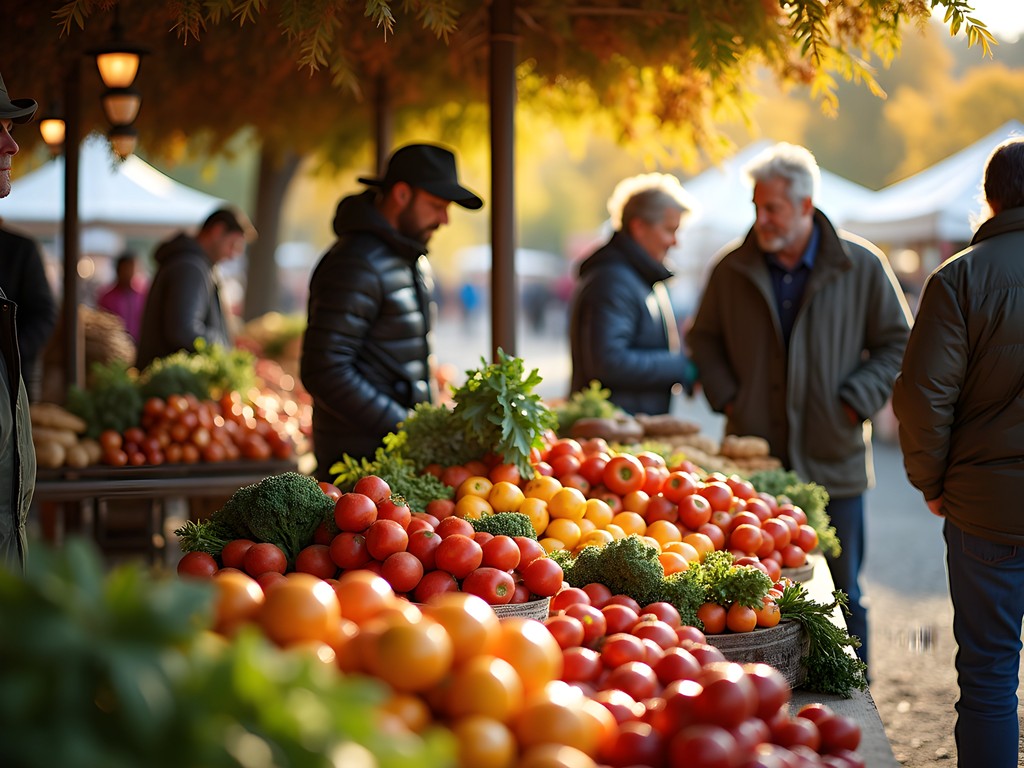
💡 Pro Tips
- Arrive early (before 9am) for the best selection of limited items like artisanal cheeses and baked goods
- Bring small bills and change as many vendors are small operations
- Ask vendors for cooking suggestions—they often have the best ideas for preparing their products
Farm Dinners: The Ultimate Vermont Culinary Experience
Perhaps the most memorable food experiences in Rutland County happen at farm dinner events, where the distance between production and consumption collapses entirely. These seasonal celebrations—often held in renovated barns or open-air pavilions with views of the working landscape—showcase Vermont's culinary philosophy at its most pure.
At Earth Sky Time Community Farm in Manchester, I attended a sunset dinner where each course told a story about the surrounding landscape. What impressed me most was the thoughtful design of the dining experience—tables arranged in a single long configuration beneath strings of solar-powered lights, creating an atmosphere that encouraged conversation between strangers who inevitably became friends by dessert.
The architectural setting of these dinners deserves special mention. Many farms have restored historic barns specifically for these events, preserving agricultural heritage while creating gathering spaces that connect diners to the landscape. At Smokey House Center in Danby, dinner takes place in a 200-year-old timber-frame barn where diners can see the fields that produced their meal through open doors—a design choice that makes the connection between land and plate visceral rather than conceptual.
If you're planning to attend multiple farm events during your visit, a quality outdoor blanket is worth packing, as evening temperatures drop quickly in Vermont's autumn, and many farm dinners extend past sunset. For photography enthusiasts documenting these magical evenings, I've found a compact mini tripod essential for capturing low-light dinner scenes without disrupting the intimate atmosphere.
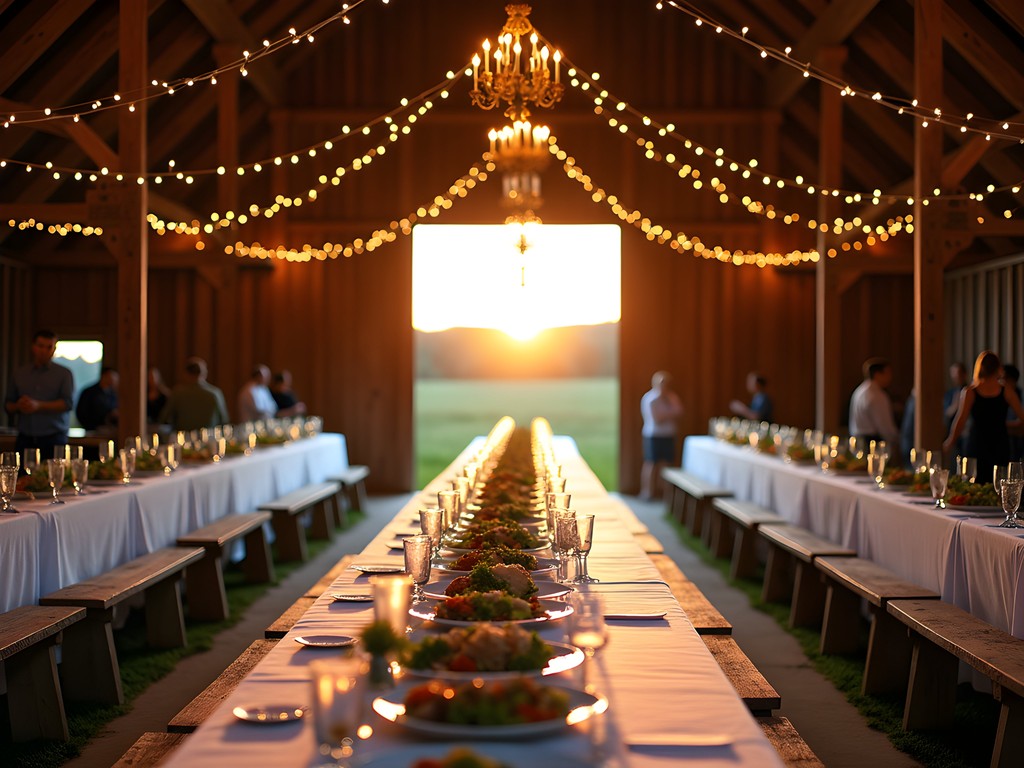
💡 Pro Tips
- Book farm dinner reservations at least a month in advance as they frequently sell out
- Dress in layers and bring a warm outer layer as barn venues can be chilly after sunset
- Many farm dinners are BYOB—stop at a local wine shop for Vermont-made fruit wines to complement the meal
Final Thoughts
What makes Rutland County's food culture truly exceptional isn't just the quality of ingredients or the skill of its producers—it's the transparent relationship between landscape, production, and consumption. Unlike many destinations where 'farm-to-table' has become a marketing slogan, here it remains a lived reality, visible in everything from the architectural adaptation of agricultural buildings to the community rituals of markets and farm dinners.
As someone who documents sustainable practices globally, I find Vermont's approach refreshingly unpretentious. The region doesn't need to announce its environmental credentials—they're embedded in centuries-old practices that have always prioritized stewardship and community resilience. For couples seeking a food-focused getaway, Rutland offers an experience that nourishes both body and mind—a chance to reconnect with food's origins while supporting a model of agriculture that points toward a more sustainable future.
I'll be bringing these lessons back to my own community in Hamilton, where our urban farming movement could learn much from Vermont's example. Because ultimately, what Rutland County demonstrates isn't just delicious food—it's a blueprint for how we might all build more meaningful relationships with what we eat and the landscapes that sustain us.
✨ Key Takeaways
- Rutland County offers an authentic farm-to-table experience where the connection between production and consumption is visible and transparent
- The region's agricultural architecture demonstrates how traditional buildings can be adapted for modern sustainable production
- Farm dinners provide the ultimate Vermont culinary experience, combining exceptional food with community connection
- Fall visits offer the added bonus of spectacular foliage as a backdrop to culinary adventures
📋 Practical Information
Best Time to Visit
September-October for harvest season and fall foliage
Budget Estimate
$150-250/day per couple including accommodations, meals and activities
Recommended Duration
3-4 days (long weekend)
Difficulty Level
Easy

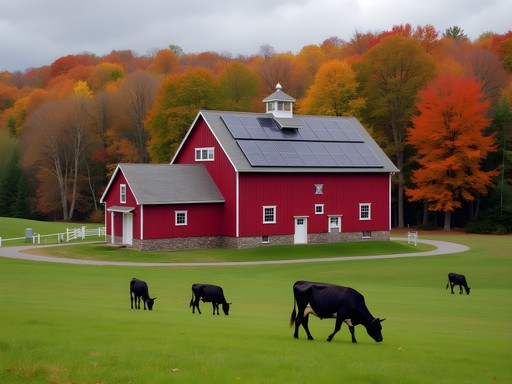
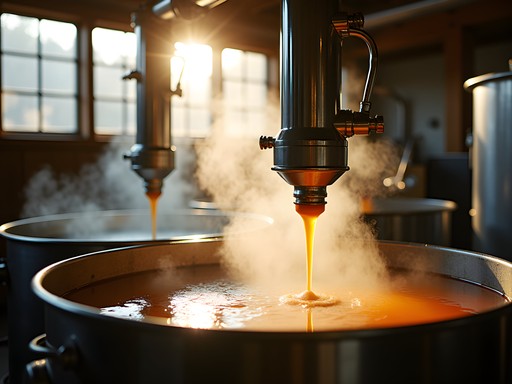
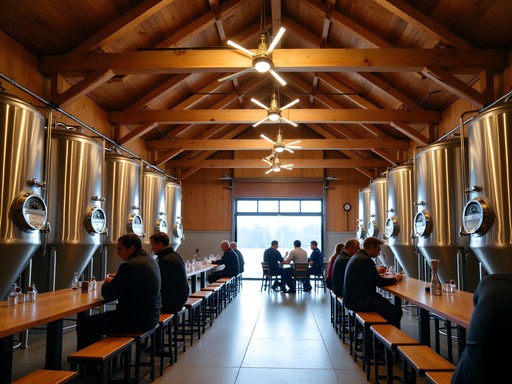
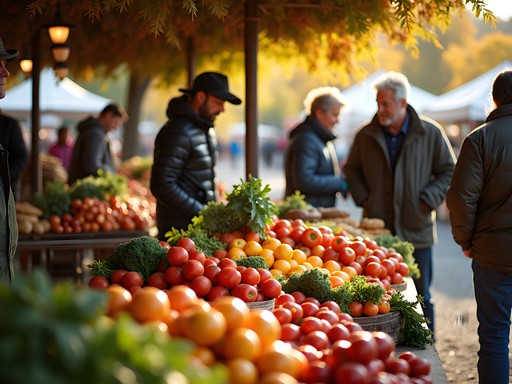
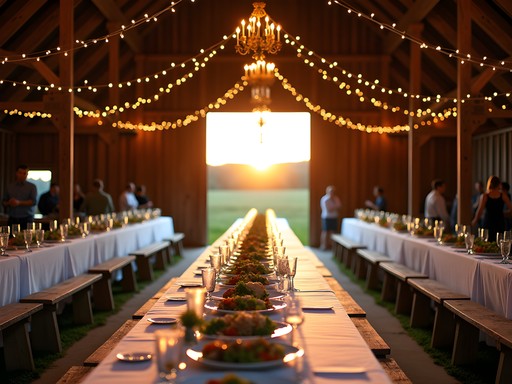


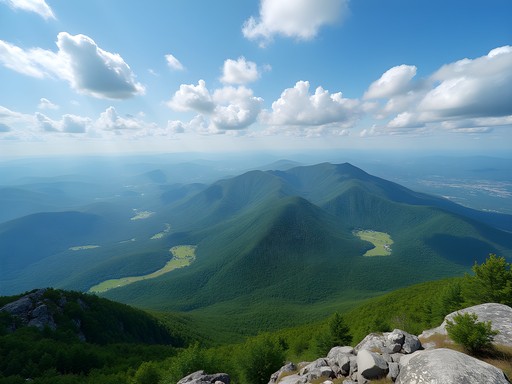
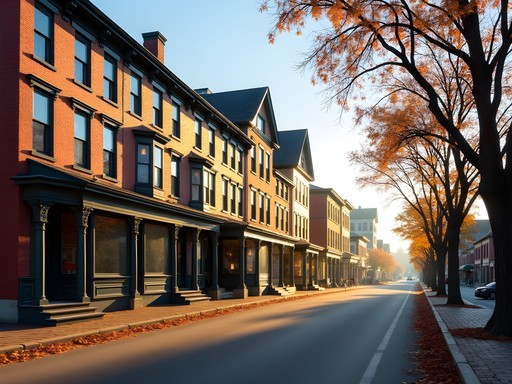





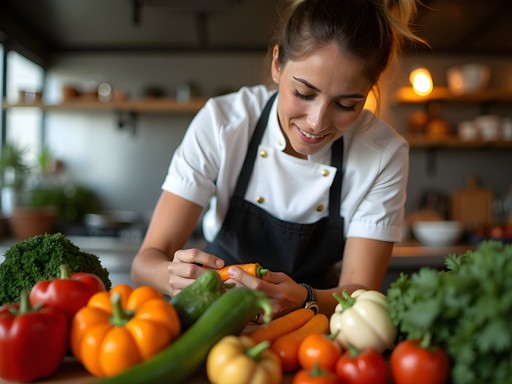
Comments
smartmaster
Those maple photos are making me hungry! Need to visit Vermont ASAP.
triplife
Just got back from Rutland County last week! That farmers market is the real deal - we scored some amazing cheese from a local producer who let us sample like 8 different kinds. Ended up bringing home way more than we planned. The maple syrup varieties blew my mind too - never knew there were so many grades and flavors.
Hunter Thompson
Which cheese producer was your favorite? Heading there next month and definitely want to check out the market!
triplife
Definitely stop by Consider Bardwell Farm's stand - their Pawlet cheese is incredible. Also, don't miss Woodcock Farm for their sheep's milk cheeses!
Taylor Moreau
Blake, your piece captures the essence of Vermont's agricultural integrity beautifully. I visited Rutland County last autumn while researching sustainable tourism models, and the transparent food systems there are indeed remarkable. The connection between producers and consumers feels almost pre-industrial in its directness. I particularly appreciated your section on the craft beverage renaissance - the small-batch distilleries using local grains represent a perfect case study in circular economics. For those visiting, I recommend bringing along a food trail journal to document the remarkable variety of artisanal products you'll encounter.
beachdiver
Taylor, did you try that maple cream liqueur at Whistle Pig? Absolute game changer!
Taylor Moreau
I did! Their approach to terroir-driven spirits is exceptional. Their master distiller gave us a fascinating tour of how they incorporate local maple into various stages of production.
vacationwanderer8449
Great post! Is September a good time to visit for the full farm-to-table experience, or should I wait until October for the fall harvest?
Taylor Moreau
September is excellent for Rutland County - you'll catch the tail end of summer produce while the early autumn harvests begin. The farmers markets are particularly vibrant then as they transition seasons.
vacationwanderer8449
Thanks! Booking my trip now!
sunnynomad
Anyone know if the Rutland Farmers Market runs through winter? Planning a December trip and would love to experience it!
Blake Murray
They actually do have a winter market! It moves indoors to the Vermont Farmers Food Center building. Smaller than the summer version but still wonderful - lots of storage crops, preserves, meats, cheeses, and baked goods. Saturdays 10-2 if I remember correctly.
sunnynomad
Perfect! Thanks so much, Blake. Can't wait to check it out!
Nicole Russell
Blake! You captured the essence of Rutland's food scene perfectly! I visited last fall and was blown away by how interconnected everything is there. Stayed at a farm B&B where breakfast included eggs from chickens I could see from my window and greens picked that morning. The owner gave me a hand-drawn map of her favorite food spots that wasn't just the tourist places. The craft beverage scene deserves its own post honestly - Rutland's breweries are doing some AMAZING things with local ingredients. Foley Brothers Brewing was using locally foraged ingredients in ways I'd never tasted before. And can we talk about the apple cider donuts?! Life-changing when they're fresh and warm! 🍩✨
wavehero
Nicole - which farm B&B did you stay at? Planning a trip for October and that sounds perfect!
Nicole Russell
It was Golden Russet Farm B&B! Book early for fall though - they fill up fast when the leaves change!
coolpro
If you're heading to Rutland County, don't miss Neshobe River Winery. It's a bit off the beaten path but their small-batch wines are incredible and the owners will give you the full tour if you ask nicely. We spent a whole afternoon there sampling wines and local cheeses on their deck overlooking the vineyard. Brought back their ice wine which pairs perfectly with the Vermont sharp cheddar we also smuggled home in our insulated cooler bag.
Blake Murray
Great recommendation! Neshobe River Winery is definitely a hidden gem. Their commitment to sustainable growing practices is impressive too.
traveladventurer
Just got back from Rutland last week! The farmers market was exactly as Blake described - a true community hub. We chatted with a cheese maker for like 30 minutes and ended up getting invited to see their farm the next day. The transparency between producer and consumer there is something special. Also picked up some incredible sourdough bread that ruined all other bread for me forever. Didn't get to try as many craft beverages as I wanted though - guess I need to go back!
wavehero
Vermont maple syrup is life-changing! Brought some home last year and now regular syrup tastes like plastic.
Nicole Russell
Right?! It's like once you've had the real thing, there's no going back! The maple farm tours in Rutland are worth every minute.
wavehero
Did you try the maple cream? That stuff is dangerously good!
Sage Dixon
Blake, your post captures the essence of what makes Vermont food culture so special. I spent two weeks last fall zigzagging through Rutland County and was blown away by how the agricultural landscape shapes everything there. The story of my visit to Radical Roots Farm still sticks with me - watching the farmers harvest vegetables while explaining their no-till methods changed how I think about food production. For anyone planning a visit, I highly recommend timing your trip around one of the harvest festivals. The one in Poultney had the most incredible community feel - locals bringing dishes made from ingredients grown within 10 miles. The transparency Blake mentions is real - every farmer I met could tell you exactly how their food was grown, with genuine pride rather than marketing speak. Vermont's approach to food is something the rest of America could learn from.
coffeehero
When's the best time for harvest festivals? Thinking about a fall trip.
Sage Dixon
Late September through mid-October is peak harvest festival season. The foliage is stunning then too!
Venture X
Premium card with 2X miles, $300 travel credit, Priority Pass